Erik Josephson | |
|---|---|
 Erik Josephson in the 1890's | |
| Born | 7 March 1864 Stockholm |
| Died | 17 November 1929 Stockholm |
| Occupation | Architect |
| Signature | |
 | |
Erik Semmy Josephson (7 March 1864 - 17 November 1929) was a Swedish architect. [1] [2]
Erik Josephson | |
|---|---|
 Erik Josephson in the 1890's | |
| Born | 7 March 1864 Stockholm |
| Died | 17 November 1929 Stockholm |
| Occupation | Architect |
| Signature | |
 | |
Erik Semmy Josephson (7 March 1864 - 17 November 1929) was a Swedish architect. [1] [2]
Josephson was born in Stockholm, Sweden. He was the son of wholesaler August Abraham Josephson (1822-67) and Augusta Hortensia Jacobsson (1836-1915). Josephson was of Jewish descent. [3] [4]
He graduated from the Royal Institute of Technology in Stockholm in 1885 and from the Royal Swedish Academy of Fine Arts in 1888. After his studies, he worked at the Swedish National Property Agency (Overintendentsämbetet). Through his state owned work employer he got the opportunity to draw, create and be the architect of about 40 barracks facilities for the armed forces around Sweden between 1891 and 1922. [5]
He also worked with his own architect firm on the side. During late 1890s and early 1900s, he became known as an industry architect and specialist in bank buildings. He designed only banks in Stockholm. Amongst his most important work was Skandinaviska Bankens palats and Handelsbanken. [6] He was one of the less publicly known architects in Stockholm. He was a style historic architect, also called an eclectic architect. He was categorized as a builder architect with an eye for the present time. [7]
The Governor of Stockholm was the head of the Office of the Governor of Stockholm, and as such he was the highest Swedish State official overseeing the affairs in the City of Stockholm between 1634 and 1967. The Governor was the equivalent in Stockholm of a county governor elsewhere in Sweden.

Engelbrekt Engelbrektsson was a Swedish nobleman, rebel leader and military boss of German ancestry. He was the leader of the Engelbrekt rebellion in 1434 against Eric of Pomerania, king of the Kalmar Union. Engelbrekt Parish and Engelbrekt Church (Engelbrektskyrkan) in the Church of Sweden Diocese of Stockholm were both named in his honor.
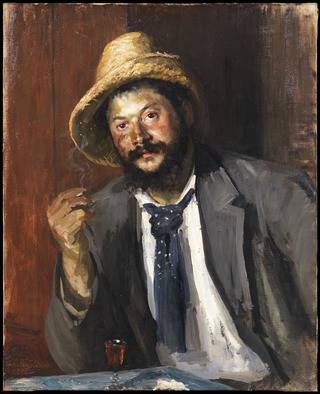
Ernst Abraham Josephson (1851–1906) was a Swedish painter and poet. He specialized in portraits, genre scenes of folklife and folklore.

Ragnar Östberg was a Swedish architect who is best known for designing Stockholm City Hall.

Isak Gustaf Clason was a Swedish architect.
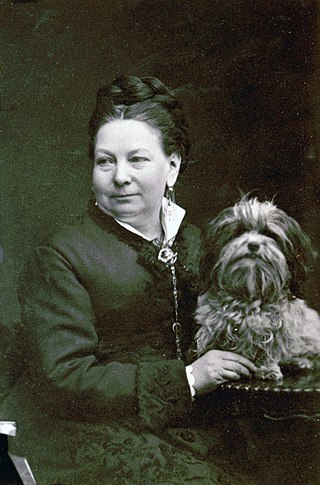
Antoinette Thérèse Elfforss was a Swedish stage actress and theatre director. She was the managing director of the travelling Elfforss Theater Company between 1869 and 1888.
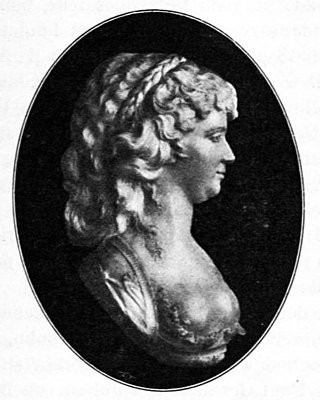
Sofia Franziska Stading was a Swedish opera singer of German origin. She is referred to as one of the more notable opera singers in Sweden during the Gustavian era. She was a Hovsångare and member of the Royal Swedish Academy of Music from 1788.

Sven Richard Bergh was a Swedish painter, art critic and museum manager. Despite many years in France, he remained unattracted to Impressionism, preferring instead the Naturalism of painters such as Jules Bastien-Lepage. He also rejected the idea of creating landscapes en plein aire.

Karl Erik "Bullen" Berglund was a Swedish actor, director and writer. Berglund was one of Sweden's most popular male actors in Swedish films from the 1930s to the 1950s. He appeared in more than a hundred films.

Simon de la Vallée (1590–1642) was a French-Swedish architect. The first architect in Sweden to have received formal academic training, he created the Swedish school of architecture.

Fredrik Wilhelm Scholander was a Swedish architect and artist.

Ernst Mauritz Manker was a Swedish ethnographer, known for his work on Sami history and ethnography.
Master-General of the Ordnance was in Sweden a chief officer of the Krigskollegium from 1682 to 1865, then until 1968 in the Royal Swedish Army Materiel Administration.
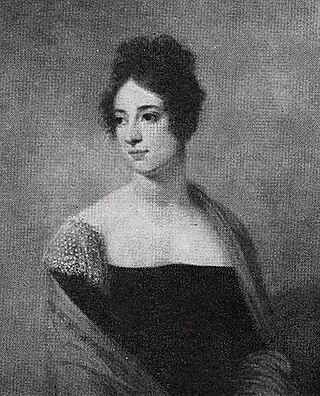
Charlotta Letitia Skjöldebrand née Ennes, was a Swedish court official. She served as Senior lady-in-waiting (överhovmästarinna) to Josefina, Queen of Sweden from 1835 to 1866.
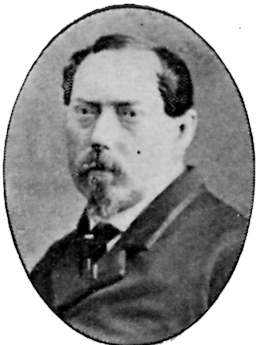
Joseph Magnus Stäck was a Swedish landscape painter and art professor.

Abraham César Lamoureux was a French sculptor and stonemason who worked in Sweden and in Copenhagen, Denmark. He is best known for creating the first equestrian statue in northern Europe.

The Quartermaster-General of the Swedish Army was a general officer who was responsible for the Swedish Army Quartermaster Corps, the quartermaster branch of the Swedish Army.
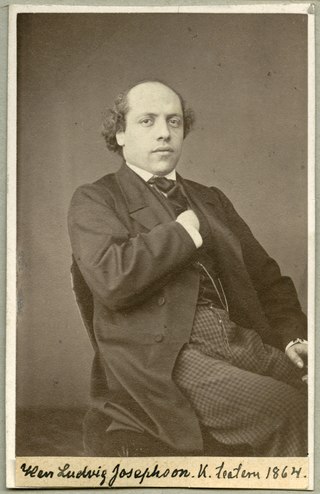
Ludvig Oskar Josephson was a Swedish dramatist, actor and theatre manager.
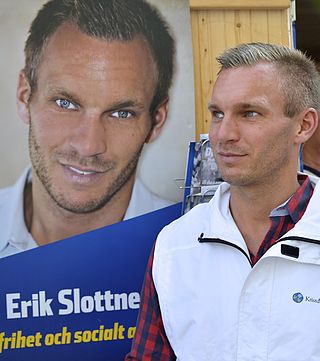
The Minister for Civil Service Affairs, since 2010 called Minister for Public Administration, is a member of the Government of Sweden. The minister for civil service affairs was the head of the Ministry for Civil Service Affairs from 1840 to 1996. It was reintroduced as a minister without portfolio post in 2010. Its tasks includes government procurement and an overall responsibility for municipalities and regions.
Berg, Ejnar (1971) Erik Josephson : en epok i svensk kasernarkitektur (Stockholm: Ejnar Berg) Berg, Ejnar (1975) Erik Josephson och svensk kasernarkitektur (Stockholm: Militärhistoriska förlaget)
![]() Media related to Erik Josephson at Wikimedia Commons
Media related to Erik Josephson at Wikimedia Commons